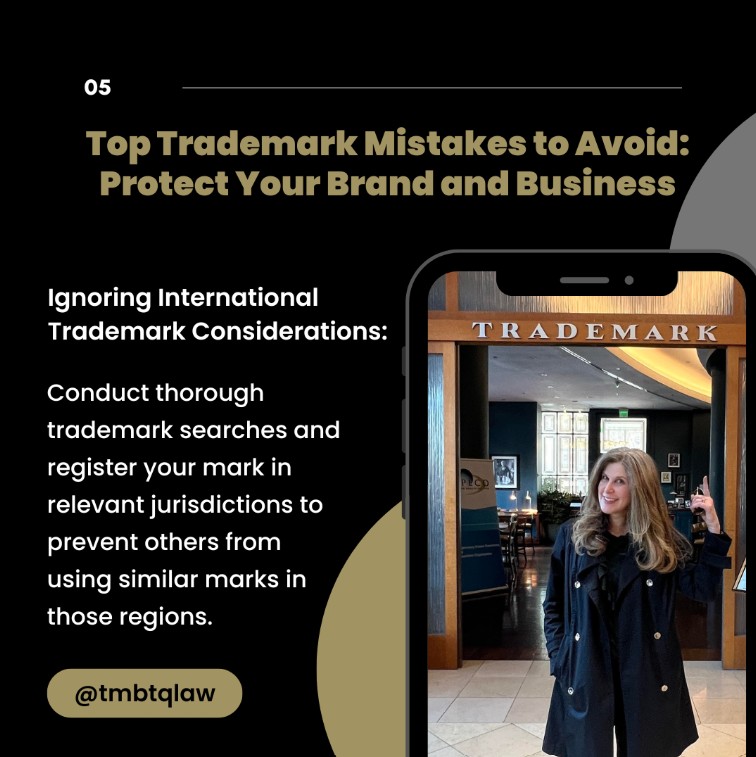
In order to differentiate yourself from the competition, your business should protect its unique brands. Comprehending the various stages of a trademark’s lifecycle will help you to preserve the identity and reputation of your brand. This guide will present you with an outline of the trademark registration process, beginning with a comprehensive search, all the way through upkeep and renewal. Our infographic of the process is available here.
Safeguarding your trademark requires continuous dedication, as it can significantly affect your business’ value in the long run.
Step 1: First phase of lifecycle of a trademar: Trademark Search and Clearance
Before you can file for a trademark, it’s crucial to conduct a thorough search to ensure your chosen brand name or logo is unique and not already in use by someone else. This step helps you avoid potential legal conflicts down the road.
Step 2: Preparing and Filing Your Trademark Application
Once you’ve cleared your chosen trademark, the next step is to research the description of goods and services in order to prepare and file a trademark application with the United States Patent and Trademark Office (USPTO). Your application should include details about ownership, a clear representation of your trademark, a description of the goods or services it covers, the basis for your filing (use in commerce or intent to use), and a good “specimen of use” showing the mark in connection with the good or service if you are applying based on current use in commerce.
Step 3: Trademark Examination
After filing, your application will be assigned to an Examining Attorney at the USPTO. As of November 2023, there is more than an eight-month wait between when an application is filed and when it gets assigned to an examiner. The Examining Attorney will check for any potential issues, including conflicts with existing trademarks and compliance with trademark laws and regulations, and issue an Office Action if there are any administrative or substantive issues with your application. You will have an opportunity to respond (and file a Request for Reconsideration if your first response is not accepted). If you fail to respond to an Office Action prior to the deadline, it will become “abandoned” and you will either need to take special steps to revive the application, or start over.
Step 4: Publication and Opposition
If your trademark application passes the examination with no issues, or if you have overcome any issues through your response to the Office Action, your application will be approved for publication. On the date of publication, your application is published for opposition in the USPTO’s Official Gazette. Third parties have a thirty-day period to oppose your trademark application (or file an extension of time to file an opposition) if they believe it conflicts with their own prior rights.
Step 5: Registration and Maintenance
If there are no oppositions or if you successfully resolve any disputes, your trademark will be registered. Congratulations! However, this is just the beginning. To maintain your trademark, you must continue to use it in commerce and periodically file maintenance documents with the USPTO, declaring your ongoing use of the mark.
Step 6: Renewal
To maintain your trademark registration, you must periodically renew it. In the United States, you’ll need to file a Declaration of Use and Renewal between the 5th and 6th year after registration, between the 9th-10th year, and then every 10 years thereafter. Failure to renew can result in the loss of your trademark rights.
It is essential to continuously protect your brand after registration by monitoring your trademark against infringers. A skilled trademark attorney can greatly assist you in successfully navigating this process and ensuring long-term protection for your brand. Always remember that a robust trademark portfolio can be a key factor in the success of your business, so it is crucial to invest in its proper management and maintenance.
If you’re interested in learning more about how to leverage a good trademark strategy, let us know and we’ll be happy to chat.




